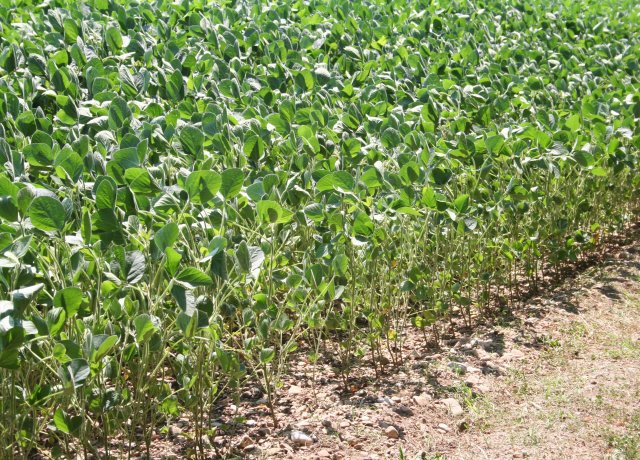Only 2% of Soy Grown in Amazon Biome on Illegally Cleared Land

Responding to criticism from environmental groups concerned about illegal land clearing in the Amazon biome, Brazilian grain companies and exporters jointed together over a decade ago with environmental groups to establish the Soybean Moratorium with the goal of prohibiting the purchase of soybeans grown on illegally cleared land in the Amazon biome.
In 2008, the Brazilian Congress passed a new law called the Forestry Code which set limits on the amount and kind of land that a farmer or rancher is allowed to clear. Companies who have signed on to the Soybean Moratorium refuse to purchase soybeans from farmers who have been identified as planting soybeans on illegally cleared land after the Forestry Code took effect.
According to a recent study conducted by the Brazilian Soybean Moratorium, during the last eight years, the amount of soybeans planted on illegally cleared land in the Brazilian Amazon biome went from 11,200 hectares in 2012/13 (27,660 acres) to 107,700 hectares in 2019/20 (266,000 acres). That currently accounts for approximately 2% of all the soybeans grown in the Brazilian Amazon biome.
During the 2019/20 growing season, there were 5.41 million hectares (13.3 million acres) of soybeans planted in the Amazon biome, which represented 14.6% of Brazil’s soybean acreage of 36.9 million hectares (91.1 million acres). Actually, 98% of the soybeans in the Amazon biome are grown in areas that were cleared before the Forestry Code took effect in 2008.
The Soybean Moratorium by itself does not impeded illegal land clearing, but it essentially blocks the planting of soybeans on those areas. This is a disincentive for the conversion of new areas, and it encourages more intensive use of land that had been cleared before the Forestry Code took effect.
Governing of the Soybean Moratorium is the responsibility of the Soybean Working Group (GTS), which is made up of companies associated with the Brazilian Association of Vegetable Oil Industries (Abiove), the Brazilian Grain Exporters Association (Anec), environmental organizations, and state and local government agencies.
Most of the illegal land clearing in the Brazilian Amazon biome is done for the purpose of raising cattle. Since cattle can be produced on one ranch and then moved to several other ranches before arriving at market, it has been hard to trace the cattle through their life cycle. Major meat producing companies in Brazil are putting in place systems to monitor and track the cattle through their entire lives to insure they were not produced or grown on ranches that have illegally cleared land.
For all these programs, the problem has always been effective monitoring of land clearing in remote areas of the Amazon, but improvements in satellite technology have made the monitoring much more efficient.
Write to us
Our manager will contact you soon












